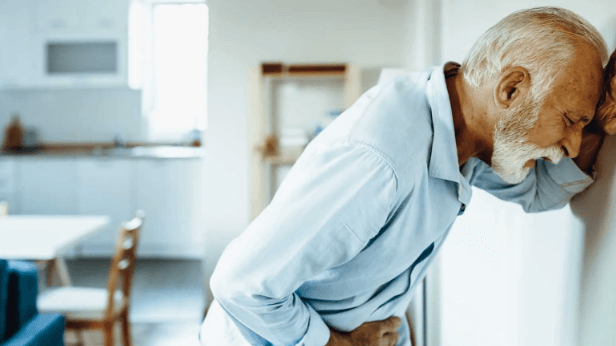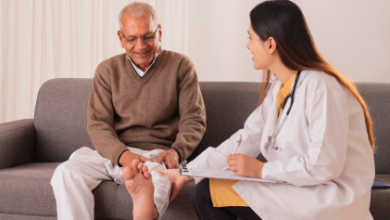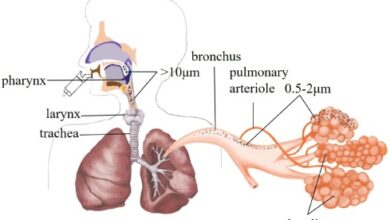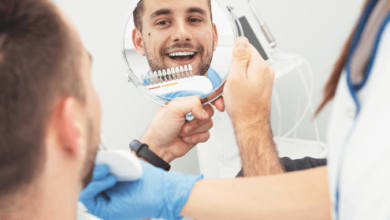Urinary Incontinence: Causes, Symptoms, and Treatment

Urinary incontinence is a common condition characterized by the unintentional loss of urine. It can range from occasional leakage to a complete inability to control urination. This condition can affect people of all ages, but it is more prevalent in older adults. Below, we’ll explore the causes, symptoms, and treatment options for urinary incontinence.
Causes:
- Muscle Weakness: Weakness in the muscles that control the bladder (pelvic floor muscles) can result from factors such as aging, childbirth, pregnancy, or surgery.
- Nerve Damage: Conditions like diabetes, multiple sclerosis, or injuries that damage the nerves controlling the bladder can lead to urinary incontinence. Refer to a Urologist in Islamabad to know more.
- Medications: Some medications, particularly diuretics, antihypertensives, sedatives, and muscle relaxants, can contribute to urinary incontinence.
- Infections: Urinary tract infections (UTIs) can irritate the bladder and lead to temporary incontinence.
- Enlarged Prostate: In men, an enlarged prostate can obstruct the urethra, leading to urinary incontinence.
- Hormonal Changes: Reduced estrogen levels in postmenopausal women can weaken the pelvic floor muscles and cause incontinence.
- Constipation: Chronic constipation can put pressure on the bladder and lead to incontinence.
Symptoms:
The type and severity of urinary incontinence can vary. Common symptoms include:
- Stress Incontinence: Leakage of urine when there is increased pressure on the bladder, such as when laughing, sneezing, or lifting heavy objects.
- Urge Incontinence: A sudden, strong urge to urinate followed by involuntary leakage before reaching the bathroom.
- Overflow Incontinence: Frequent or constant dribbling of urine due to an inability to empty the bladder fully.
- Functional Incontinence: Inability to reach the toilet in time due to physical or cognitive impairments.
- Mixed Incontinence: A combination of more than one type of urinary incontinence, such as stress and urge incontinence occurring together.
Treatment:
The treatment approach for urinary incontinence depends on its type, underlying cause, and severity. Here are some common treatment options:
Lifestyle Modifications:
- Pelvic Floor Exercises (Kegels): Strengthening the pelvic floor muscles can improve bladder control.
- Dietary Changes: Reducing caffeine and alcohol intake, as well as maintaining a healthy weight, can help manage symptoms.
- Scheduled Voiding: Establishing a regular bathroom schedule can reduce the risk of accidents.
Medications:
- Anticholinergic Medications: These drugs help relax the bladder and reduce urge incontinence.
- Topical Estrogen: For postmenopausal women, topical estrogen creams or patches can help strengthen the pelvic floor and improve bladder control.
Medical Devices:
- Pessary: A device inserted into the vagina to support the bladder and prevent leakage.
- Urethral Inserts: A disposable device inserted into the urethra before activities that trigger leakage.
Interventional Therapies:
- Botox Injections: Injections of Botox into the bladder muscle can reduce urge incontinence symptoms.
- Nerve Stimulation: Techniques like sacral neuromodulation involve implanting a device to stimulate the nerves controlling the bladder.
Surgery:
Surgical options, such as bladder suspension surgery or sling procedures, may be considered in cases of severe incontinence that do not respond to other treatments.
- Catheterization: In cases of overflow incontinence, intermittent catheterization may be necessary to empty the bladder completely.
Behavioral Therapy:
Techniques such as bladder training and biofeedback can help individuals regain control over their bladder.
It’s essential to consult a Urologist in Lahore if you experience urinary incontinence to determine the underlying cause and develop an appropriate treatment plan. Timely intervention and proper management can significantly improve the quality of life for individuals with urinary incontinence.




